(by Andrea Robb)
What’s the Big Deal?
“Let’s get to the workout as soon as possible” or “I need to make sure that every muscle in my body is warmed up before we workout”. I’m sure we all are on one side or the other or somewhere in between when it comes to a proper “Warm-Up” but regardless if you call it a “warm-up”, “movement prep” or “the first part of the workout”, there is ongoing, scientific research on why it is important to warm your body before working out.
Let’s go back to the 1980’s and 1990’s when national level athletes like myself, were given less than 30-minutes to run a couple of laps, do arm circles, some quad stretches, some high knees and maybe a few other quick stretches before getting to our first rotation/event. Then, once we got to each rotation/event, we were given 2-5 minutes to do a quick preparation (related to that specific event) before we were expected to perform at our peak. Looking back on that experience now, I am seriously shocked that I didn’t end up with more injuries! Yet, I watch some of the top athletes in their respective sports nowadays completing lengthy and multi-layered warm-up routines which are significantly different now compared to 20-30 years ago and I wonder if my own performance could have been enhanced if I had incorporated some of these tools and techniques.
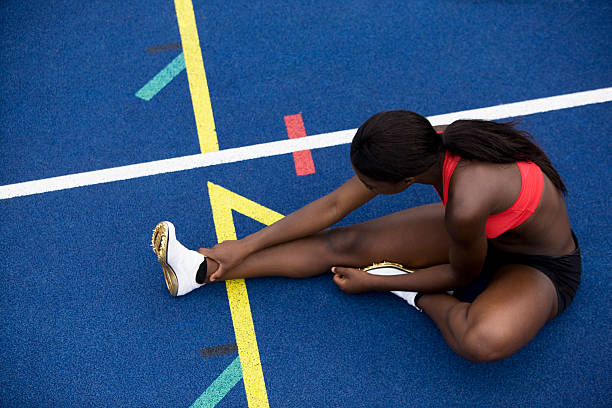
We know that warming up before working out will increase blood flow, help reduce muscle soreness and lessen the risk of injury, but as some of the top athletes will tell you, the more you can prepare your body for competition, the better you will perform! So, what are some of the top athletes and Personal Trainers of those athletes (and clients) doing differently?
Regardless of which certification program you have taken to become a PT, they all have the same principles when it comes to what the most effective warm-up looks like: cardio, SMR, stretch, corrective exercise (if needed) and activate. Here’s what each of those mean:
- Cardio: Our goal here is to get the heart rate up and to get the major joints moving so 5 minutes is plenty.
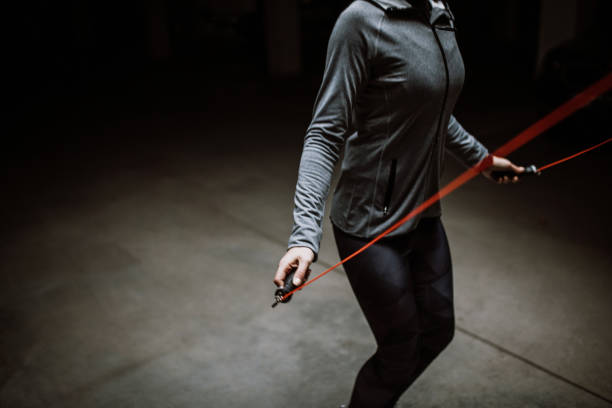
- SMR (self-myofascial release): Whether using a foam roller, trigger point or percussion tool, we are looking to warm up the major muscle groups needed for the workout, to improve circulation throughout the muscle tissue and help with any soreness from previous workouts.



- Stretch: For a warm-up, we want to stick to a dynamic (or moving) stretch. This means that we are moving the joints through range of motion (ROM) which in turn will allow for a greater start and end point of a movement. This step may also reduce any previous stiffness.



- Corrective Exercise (CE): Almost everyone has a “linchpin” or underactive muscle or imbalance in their body. CE is addressing those areas to give them a little, extra love.
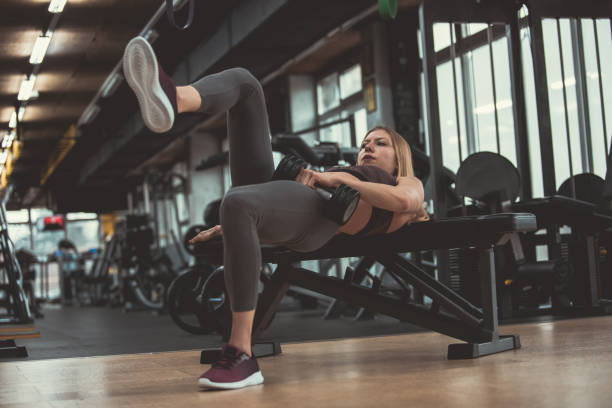
- Activation: Moving your body to get the major muscles going through a similar exercise to a compound exercise, but on a modified format to maximize ROM. Can be workout specific.
- Central Nervous System (CNS): An explosive, full body movement to incorporate power and strength.

If you incorporated the above warmup components before a lower body or squat day and adjusted your ramp up sets/reps, your maximum power and strength would be readily available sooner. This will help to avoid overdoing “warm-up” sets, so you can hit those PR’s faster without feeling so fatigued.
On a squat day, your warm up could consist of:
- 5-min run on the treadmill, foam rolling quads, glutes, adductor and abductor.
- Some dynamic stretches consisting of a lunge with reach through and a frog stretch.
- After sitting all day, your glutes might need a little extra love, so you might do a banded clam shell followed up with a banded glute bridge to ensure those glutes are fired up and ready to go.
- Once standing, do a quick set of x10 slow descending bodyweight squats to hit end range
- Finally, perform 2 sets of x5 jump squats to activate those fast-twitch muscle fibres.
Not only are you going to be able to reduce the “warm-up” or “practice” sets of squats, you will maximize your efforts squatting, have additional energy available or add additional exercises in supersets after your squats. But don’t forget that the recovery period will also be decreased as you will not be so sore the next day!
At the end of the day, all of us, especially trainers, want to ensure we can get our personal workouts in everyday and will often sacrifice the warm-up when we are pressed for time; however, as we get older and the tissues in our joints begin to build and the body physiologically takes a little longer to respond, you will be glad that the warm-up tools and techniques have protected your joint health. And hey, don’t we all want to shoot for those PR’s today and tomorrow? Isn’t our objective as a PT to help our clients reach their goals AND to do it the most effective and safest ways possible?
Try out adjusting your warm up and incorporating some of these components if you aren’t already and if you do, what are some of your favorite warm up protocols to prep for a lifting day?
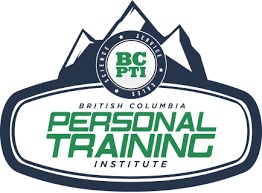

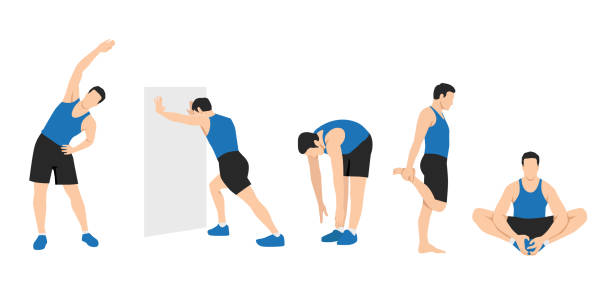





Leave A Comment